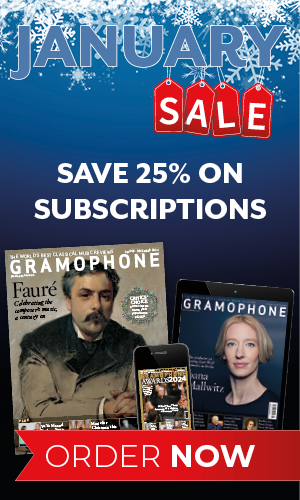More Than Artifacts: How Autograph Scores, Documents and Letters Bring us Closer to the Music
Advertisement
Monday, November 26, 2018
Sponsored feature

Register now to continue reading
Thanks for exploring the Gramophone website. Sign up for a free account today to enjoy the following benefits:
- Free access to 3 subscriber-only articles per month
- Unlimited access to our news, podcasts and awards pages
- Free weekly email newsletter








